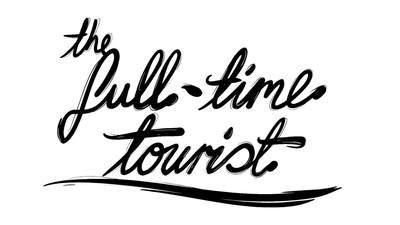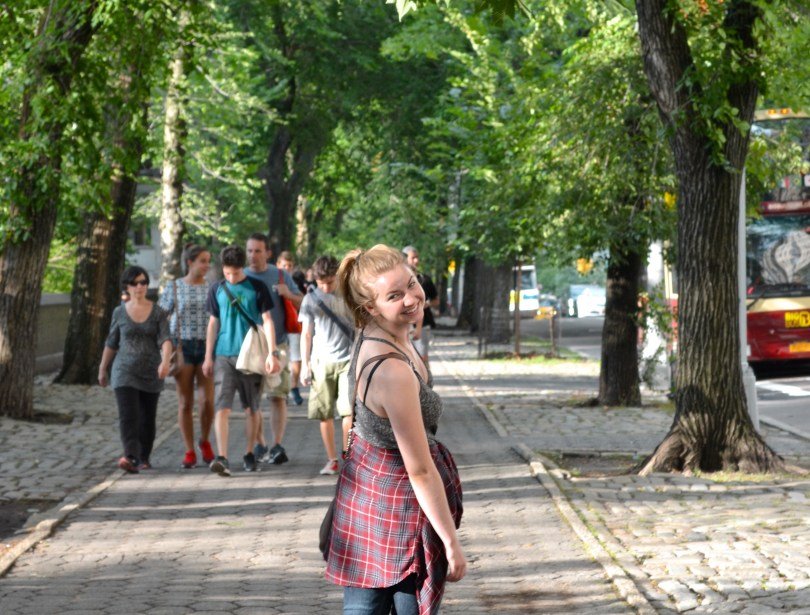There are two main passes between the Alberta side of the rockies and the British Columbia: Rogers Pass and Coquihalla Pass.
Rogers Pass is found in Glacier National Park, in between Golden and Revelstoke, BC. You will likely take this pass if you are driving to or from southern BC into Calgary, Alta. While you will pass through three incredible national parks– Banff, Glacier, and Yoho National Parks– it’s one of the most dangerous drives in Canada. The narrow and windy road is built for more experienced drivers.
In the winter, avalanche patrol regularly sets off controlled avalanches in the area. Avalanche season runs from Oct. 1 until May 31. Winter tires are required from either the first snowfall of the season or mid-October through until mid-May.
Coquihalla Pass is found along at the end of the Coquihalla Highway between Kamloops and Hope, BC. You will likely take this pass if you’re driving from BC into Edmonton, Alta. or Northern Alberta. This is the safest highway to use between the two mountain towns. It has multiple lanes of traffic, compared to the narrow and single-laned Trans-Canada highway. It’s also roughly an hour faster than the Trans-Canada highway.
Where to get gas
Do. Not. Go. Below. Half. A. Tank. Of. Gas.
I cannot emphasize this enough. Towns are few and far between in the mountains. Sometimes they’re not even along the highway. Sometimes they charge astronomical prices for gas. And sometimes they’re just plain out.
Do not risk running out of gas in the mountains. Drivers are few and far between. And “the next town over” can be more than a day’s hike. And let me tell you, it’s a hefty cost getting a tow into town!
It’s also very dangerous in the winter to run out of gas. First of all, day light hours are shorter. It’s also cold. And there’s the potential for a blizzard. So just fill your gas tank. Don’t question it, just do it! (Plus it may be your last chance for a bathroom break before you’re debating pulling off to the side of the highway!)
If you’re driving through Jasper (Coquihalla Pass), the cheapest places to stop for gas are in Hinton, Valemont, Clearwater, Kamloops (good place to stop for the night), Merritt and Hope.
If you’re passing through Banff (Rogers Pass), the cheapest places to stop for gas are Canmore, Golden, Revelstoke, Sicamous, Kamloops, Merritt and Hope.
What You Need In Your Emergency Kit
You already know the basics: battery booster cables, flashlight and batteries, a spare tire, a rope, water and food.
But if you’re planning to drive through the Canadian Rockies– no matter the time of year– pack for an unexpected change of weather. Even in the dead of summer. I was once stuck in a snow storm off the side of the highway in the middle of August. The weather changes fast in the mountains.
So don’t forget to bring: a blanket per passenger, extra warm clothing, hat and gloves, an emergency candle (for warmth), lighter, shovel (to dig out your tires / around your door if caught in a blizzard), window scraper, snow brush and traction aids (like kitty litter or planks of wood).
Get to know your vehicle
One of the most important things I’ve learned about having to drive rental vehicles on recent road trips is to get to know your vehicle before driving. You might have trouble adjusting the seat properly, knowing where the wind shield wiper is, how to open the gas tank and hood, how to set cruise control, where the emergency tire is, or how to even start the car (those damn push starts!). Be sure to know the ins and outs of your car so you’re not fumbling to figure them out on the road!
If you’re taking your own vehicle, double check your oil and engine light before heading out. And make sure your vehicle has winter tires during the winter months before driving through the Canadian Rockies. It’s actually illegal to cross through mountain passes without winter tires from mid-October through until May.
I knew that taking my younger brother’s 2005 car on a 30+ hour road trip was probably not the best idea, but I was willing to try it anyways just to save a couple of extra bucks. Sure enough, not even an hour into our drive, I had to turn around because the power steering had gone! I lost half a day, which sadly cut into my time in Victoria. But I ended up with a vehicle where the heating actually worked properly and had an auxiliary cord plug-in!
Double check road conditions
Before heading through the mountains, it’s especially important to check the conditions of the roads. Especially through Rogers Pass or the Coquihalla Pass. You’ll have to check for snow fall, hail, freezing rain, avalanches, temperatures dancing around the 0°C (because of the possibility of icy roads), fires, and rock slides.
The best way to do this is to pick a town on either side of the Rockies, and on either side of the pass that you plan to pass through and check the weather. So for Rogers Pass, check the conditions in Banff, Golden, Revelstoke and Kamloops. And for Coquihalla Pass, check the conditions in Jasper, Merritt, Hope, and Chilliwack.
If driving conditions are poor, wait it out.
Stick to the main roads
This is incredibly important if you’re planning to drive through the Canadian Rockies in the winter.
First of all, the main highways and roads will be cleared of snow and salted before any other road. This minimizes the risk of ice and slush, both of which can land you in the ditch. Keep in mind that if the road is wet, it’s best not to use your cruise control as there is a chance for black ice. And if you run into car trouble, it’s easier for fellow motorists and tow trucks to find you.
In the summer months from May through until October, this tip applies less.
Do you need a park pass?
Until the end of 2017, all of Canada’s national parks are free! But if you’re planning a road trip in 2018 onward, you will need to get a park pass if you plan to make any stops in the national parks. If you plan to drive through, just let them know at the gate and head on your merry way!
But if you plan to stop off at some scenic points or spend the night in town, the length of time spent in the national parks will be how much you pay to enter. The fee paid is transferrable between national parks, so if you’re driving through Banff National Park, you don’t also need to buy a park pass for Yoho or Glacier National Park.
To see some of the most beautiful Canadian national parks to visit this year, click here.
Keep an eye out for wildlife
For most of the drive, it’ll be just you and the highway… and the wildlife. Keep an eye out along the side of the highway– especially in large plains, where they tend to graze. At night, you can see the reflection of the headlights glow back at you.
If you see wildlife near the road, slow down, as they may dart across the road. If you want to take photos, stop your vehicle in a safe location. Don’t get out unless they’re a safe distance away. Don’t get out at all if it’s a bear.
And for the most important tip: If a moose, elk, caribou, or a deer jumps out in front of your vehicle and you can’t avoid hitting it– hit the gas not the break. This may sound counterintuitive. But because all of the animal’s weight is in its body (and hardly any in its legs), slowing down will cause your front bumper to dip. This means if you hit the moose, elk, caribou, or deer after breaking at a high enough speed, your front bumper will act as a ramp going straight through your car windshield. If you speed up, however, there’s a chance that the animal will go over your car instead.
Road work is inevitable
Whether it’s road construction during the May-October “summer” months, or if it’s avalanche patrol in the winter months. You will most likely come across road work during your road trip. Be sure to follow the road signs, as speeding fines tend to double in these areas.
And if you’re passing emergency vehicles on the side of the highway, it’s law to slow down to 60 kilometres an hour Canada-wide.
Be in it for the long haul
Driving through the Canadian Rockies takes much longer than you or Google Maps will anticipate. So take regular breaks. Driver fatigue is real– especially when you’re constantly trying not to get distracted by the beautiful views.
I did all of the driving during my Edmonton-to-Victoria-to-Vancouver-to-Edmonton trip, and that first 16-hour leg of driving was killer. You’re not superwoman (or superman). Take your breaks and make sure you’re able to drive while the sun is still up!
Don’t drive at night
Gas stations are closed. Tow trucks won’t arrive until morning. You can’t see the road ahead of you properly (i.e. if there’s ice). And wildlife are harder to see until its too late.
Just don’t do it.


